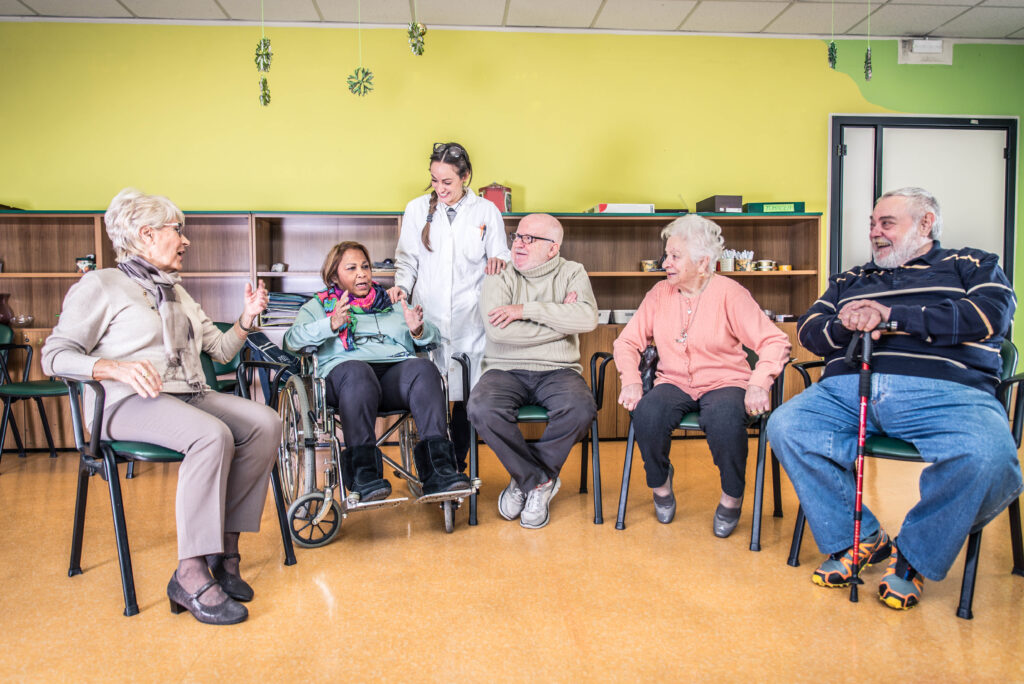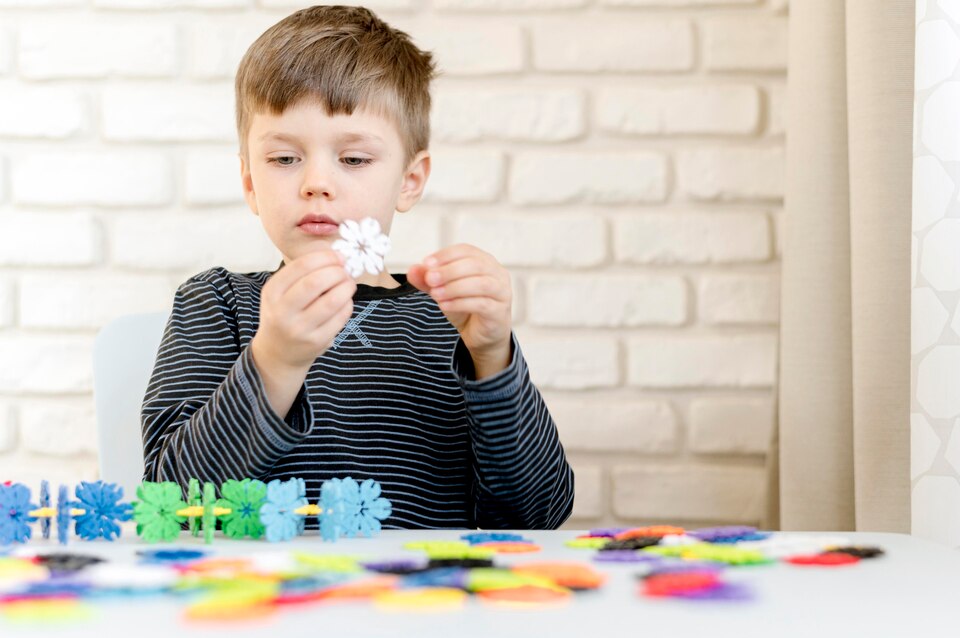How Autism Affects Children's Social Skills
Introduction to Autism and Social Skills
Autism Spectrum Disorder (ASD) impacts how individuals perceive and interact with their surroundings. One key area where this is evident is in social skills. Social interactions often involve understanding and responding to a variety of cues, such as facial expressions and body language, which can be particularly challenging for children with autism. These difficulties can lead to misunderstandings and make it hard for them to engage in typical social activities.
Recognizing how autism affects these skills is essential for providing the necessary support and creating environments that help children succeed in social settings. By identifying the specific challenges faced by children with autism, caregivers and educators can better tailor their approaches to foster more effective social interactions.

Challenges in Social Interaction
Children with autism often face difficulties in interpreting social cues, which are essential elements of nonverbal communication. They may have trouble recognizing facial expressions, tone of voice, and body language. This can make it hard for them to understand others’ emotions or intentions, leading to social awkwardness. Additionally, they may find it challenging to engage in back-and-forth interactions, which are crucial for building connections with others. As a result, children with autism might appear disengaged or uninterested, even when they desire social interaction. These challenges can create barriers to participating in group activities or making friends.
Communication Differences

Children with autism often exhibit a range of communication differences. Some may communicate nonverbally through gestures or using alternative communication devices, while others might have advanced vocabulary yet struggle with the flow of conversation. Challenges in understanding the context of language are common, making idiomatic expressions, sarcasm, and metaphors particularly difficult to grasp.
This can result in misunderstandings and hinder effective communication. Additionally, children with autism might have a unique way of expressing themselves, which can be misunderstood by their peers. Social communication differences can affect how they share information, ask questions, or join group discussions, making social interactions more complex.
Impact on Peer Relationships

Children with autism may find it challenging to initiate and maintain friendships due to social and communication difficulties. They might not easily pick up on social norms or shared interests, which can make interactions with peers feel awkward or confusing. This can lead to fewer opportunities for engaging in play or collaborative activities, often resulting in feelings of loneliness or social isolation.
Some children with autism may also have repetitive behaviors or specific interests that differ from their peers, making it harder to find common ground. Encouragement and structured social activities can help bridge these gaps, providing opportunities for more successful peer interactions.
Support Strategies
Several approaches can enhance social skills in children with autism. Tailored therapies like speech therapy and occupational therapy are pivotal in addressing specific needs. Social skills training can provide children with the tools to navigate social scenarios more effectively. Creating structured social opportunities is beneficial, as it allows children to practice interactions in a controlled environment. Role-playing different social situations can help children become more comfortable and confident in real-life settings.
Parents and educators can play a significant role by modeling appropriate social behaviors and providing consistent guidance. Peer mentorship programs, where neurotypical peers assist and engage with children with autism, can be particularly effective. These programs offer real-world practice and help bridge social gaps by fostering understanding and empathy among peers.
Incorporating visual supports such as social stories and visual schedules can aid in comprehension and predictability, making social interactions less daunting. Technology can also be a valuable tool; apps designed to teach social skills or facilitate communication can provide additional support.
Inclusive activities are another crucial strategy. Ensuring that children with autism are integrated into group activities can promote social engagement and reduce feelings of isolation. Encouraging participation in clubs, sports, or group projects can provide natural opportunities for social interaction.
Overall, a multifaceted approach that includes therapy, structured opportunities, peer support, and inclusive activities can significantly improve social skills in children with autism. By employing these strategies, caregivers and educators can create supportive environments that foster social development and help children with autism thrive in social settings.
Conclusion
Autism impacts children’s ability to navigate social environments, leading to challenges that extend beyond simple misunderstandings. These challenges often involve interpreting social cues, engaging in conversations, and forming friendships. Sensory processing variations add another layer of complexity, making social interactions even more demanding. However, children with autism can enhance their social skills with the right strategies and support. Structured social opportunities, tailored therapies, and the use of visual aids can make social situations more manageable. Additionally, peer mentorship programs and inclusive activities play a crucial role in fostering social engagement and reducing isolation. A comprehensive approach involving parents, educators, and peers can significantly support social development in children with autism, allowing them to thrive in various social settings.
